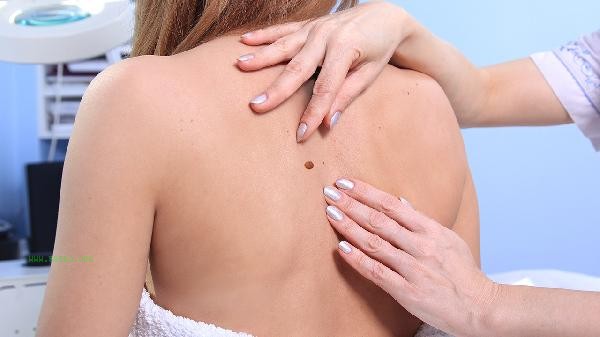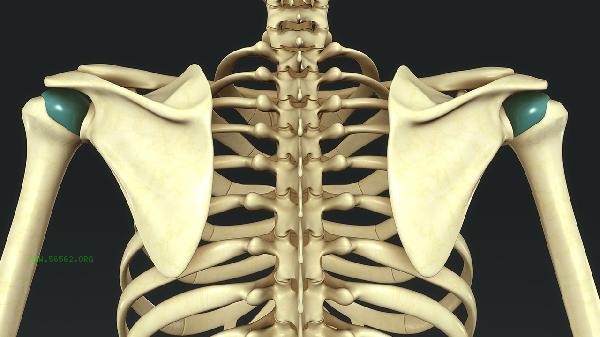Pulling upwards can exercise most of the muscles in the back, but it is difficult to fully cover all muscle groups. Pull up mainly targets core muscle groups such as latissimus dorsi, lower trapezius, and teres major, but has limited stimulation for deep muscle groups such as erector spinae and rhombus.

Pull up is a classic back training movement that effectively activates the latissimus dorsi muscle and forms the foundation of an inverted triangle shape through self weight suspension and pull-up movements. The latissimus dorsi muscle, as the largest muscle in the back area, plays the main role in exerting force during movements. The lower part of the trapezius muscle and the teres major muscle group work together as a coordinated muscle group, receiving sufficient exercise during scapular descent and adduction. The biceps and forearm muscles also participate in exerting force, forming a composite training effect.

For deep muscle groups such as erector spinae that maintain spinal stability, the stimulation effect of pull up is relatively weak. Although the rhombus muscle is activated during scapular contraction, the training intensity is not as strong as specialized horizontal pulling movements. The participation of rotator cuff muscle groups such as teres minor and infraspinatus in standard pull ups is also relatively low. To achieve comprehensive development of the back muscles, it is necessary to coordinate horizontal stretching movements such as rowing and face pulling.

It is recommended to use pull-up as the core movement of back training, and schedule 2-3 training sessions per week. In the initial stage, elastic bands or high pull down instruments can be used for transition. At the same time, combine sitting posture, rowing, and reverse flying to compensate for weak muscle groups, and pay attention to controlling the speed of movements to avoid inertia compensation. After training, timely supplement high-quality protein and carbohydrate, cooperate with the foam axis to relax the muscles of the chest and shoulder, and avoid the round shoulder posture caused by the imbalance of muscle strength.








Comments (0)
Leave a Comment
No comments yet
Be the first to share your thoughts!